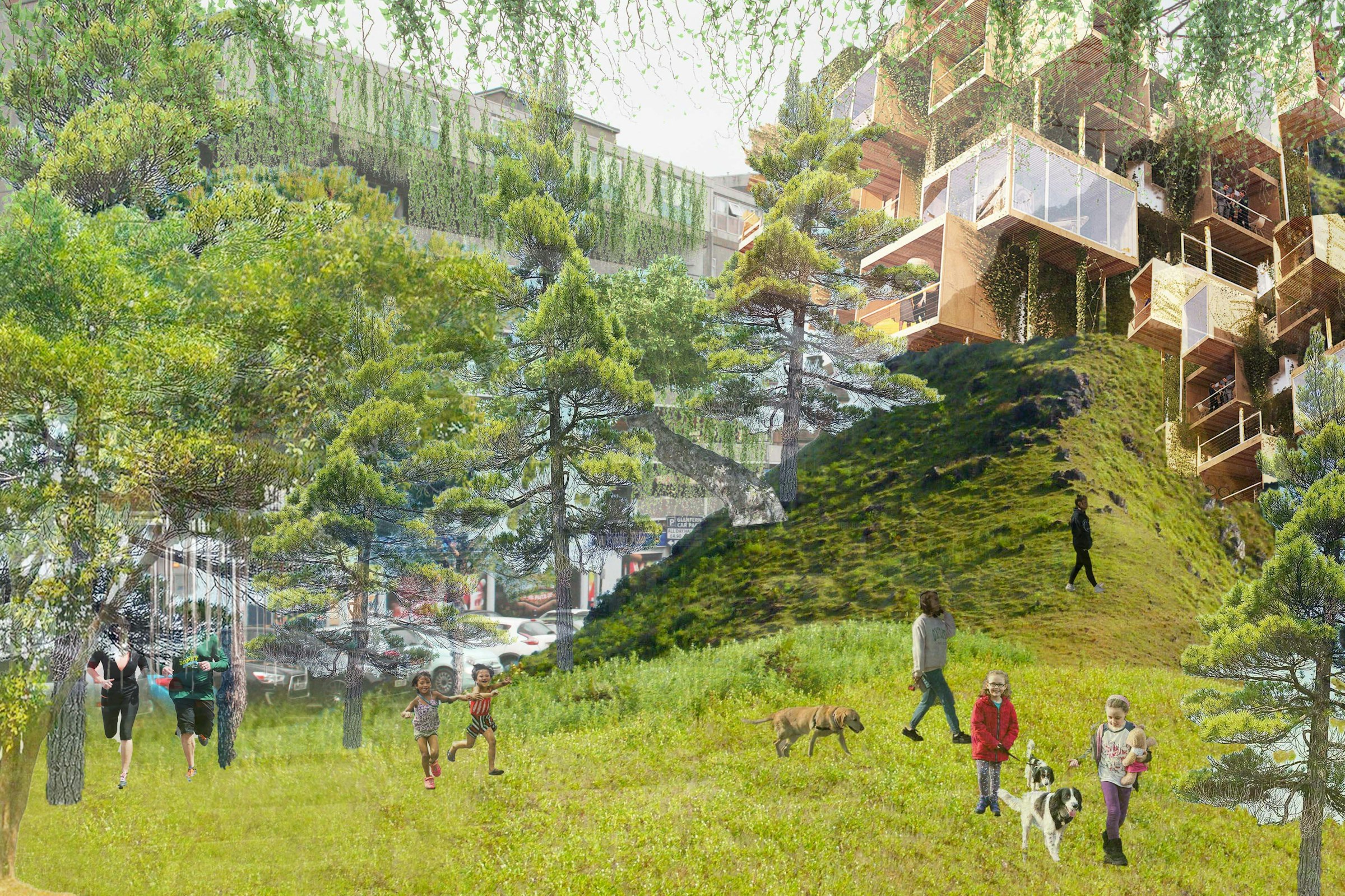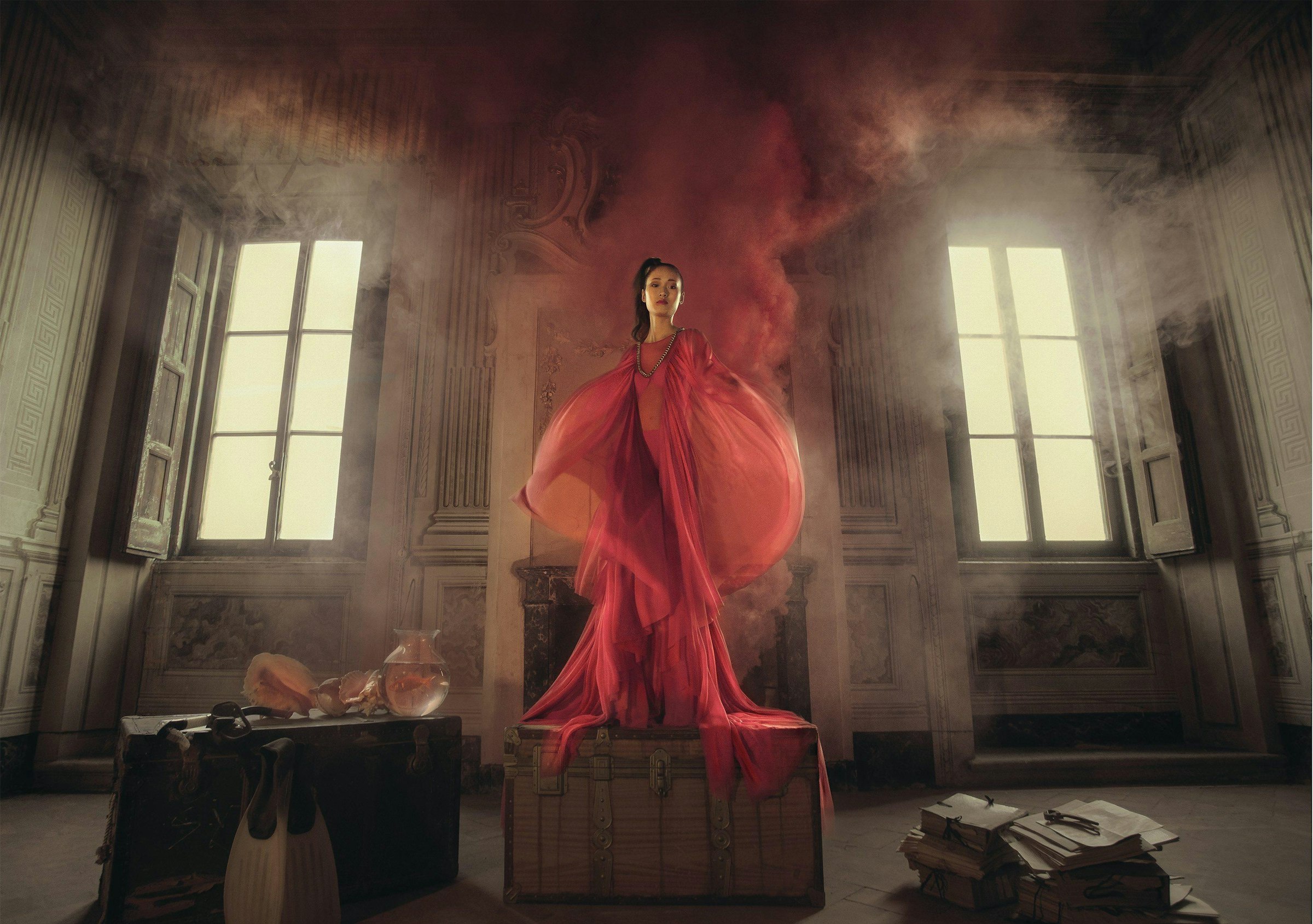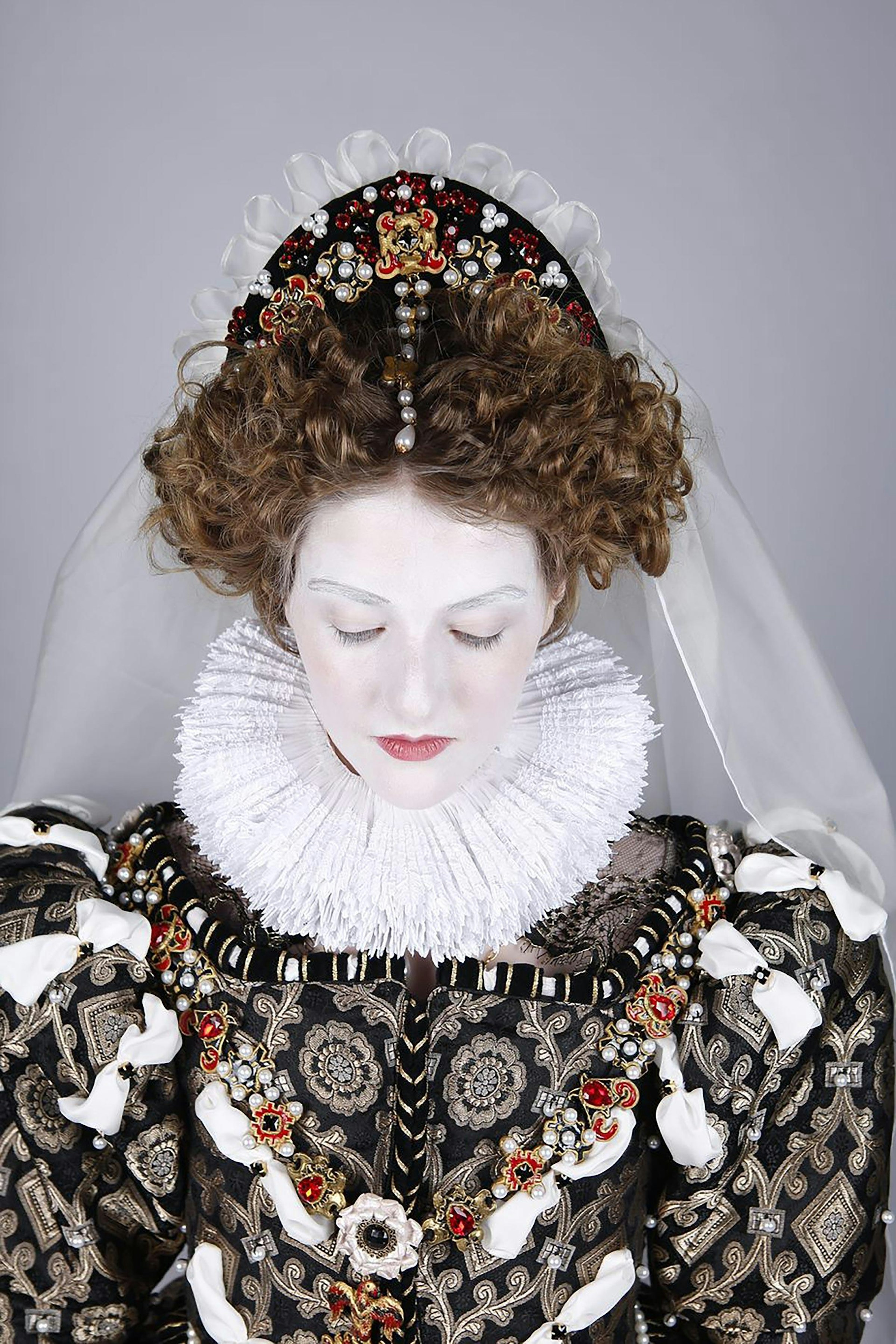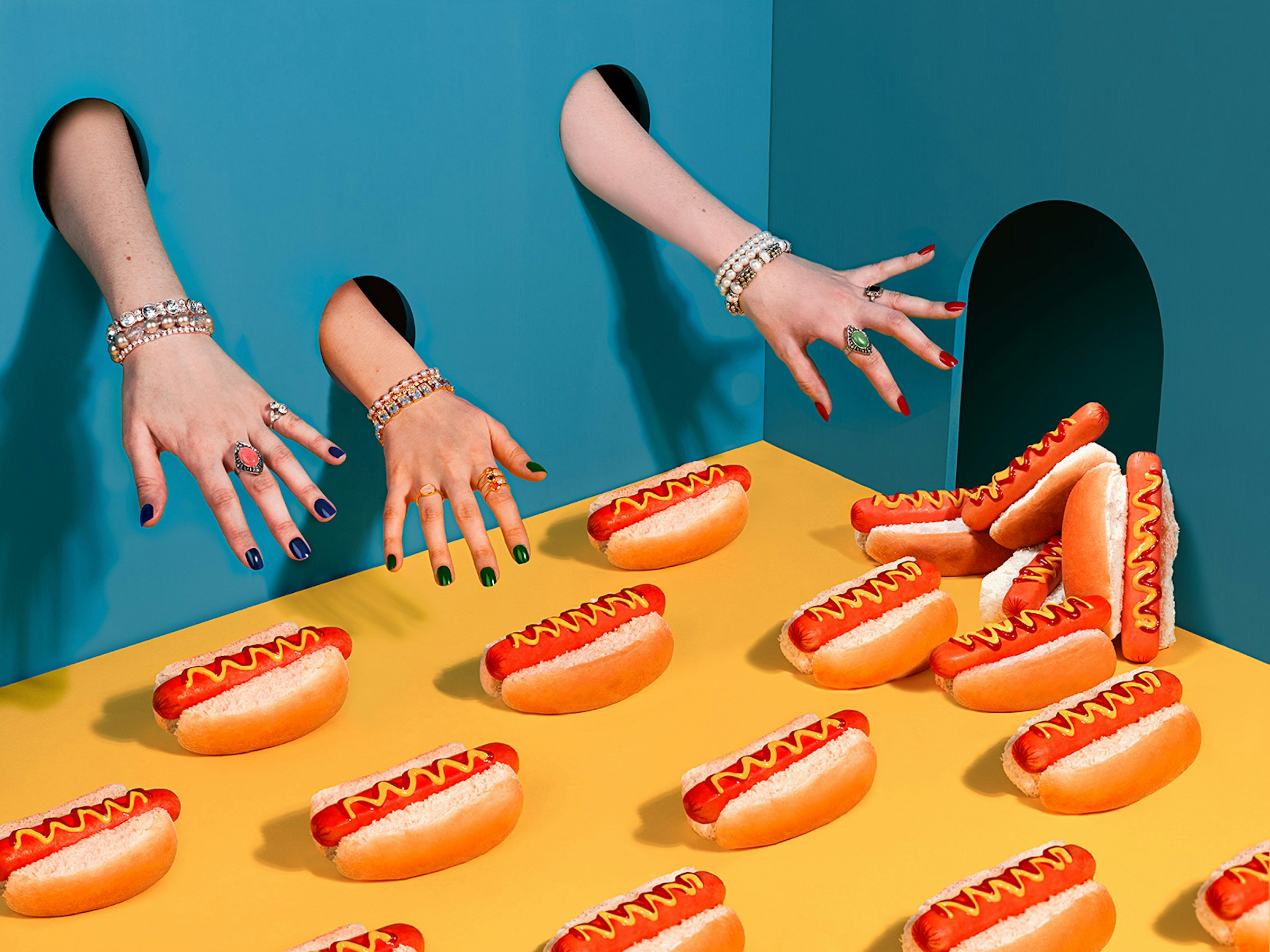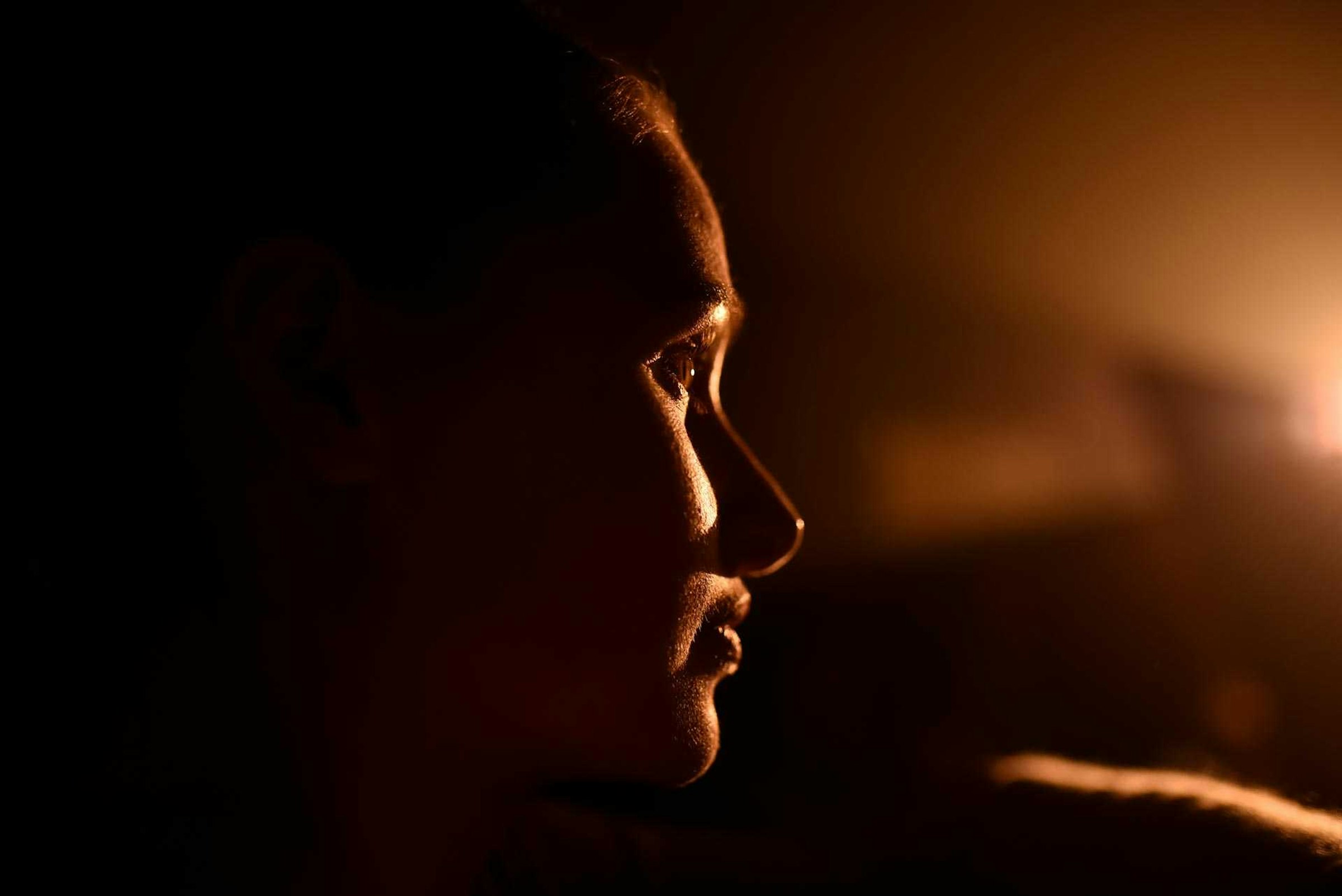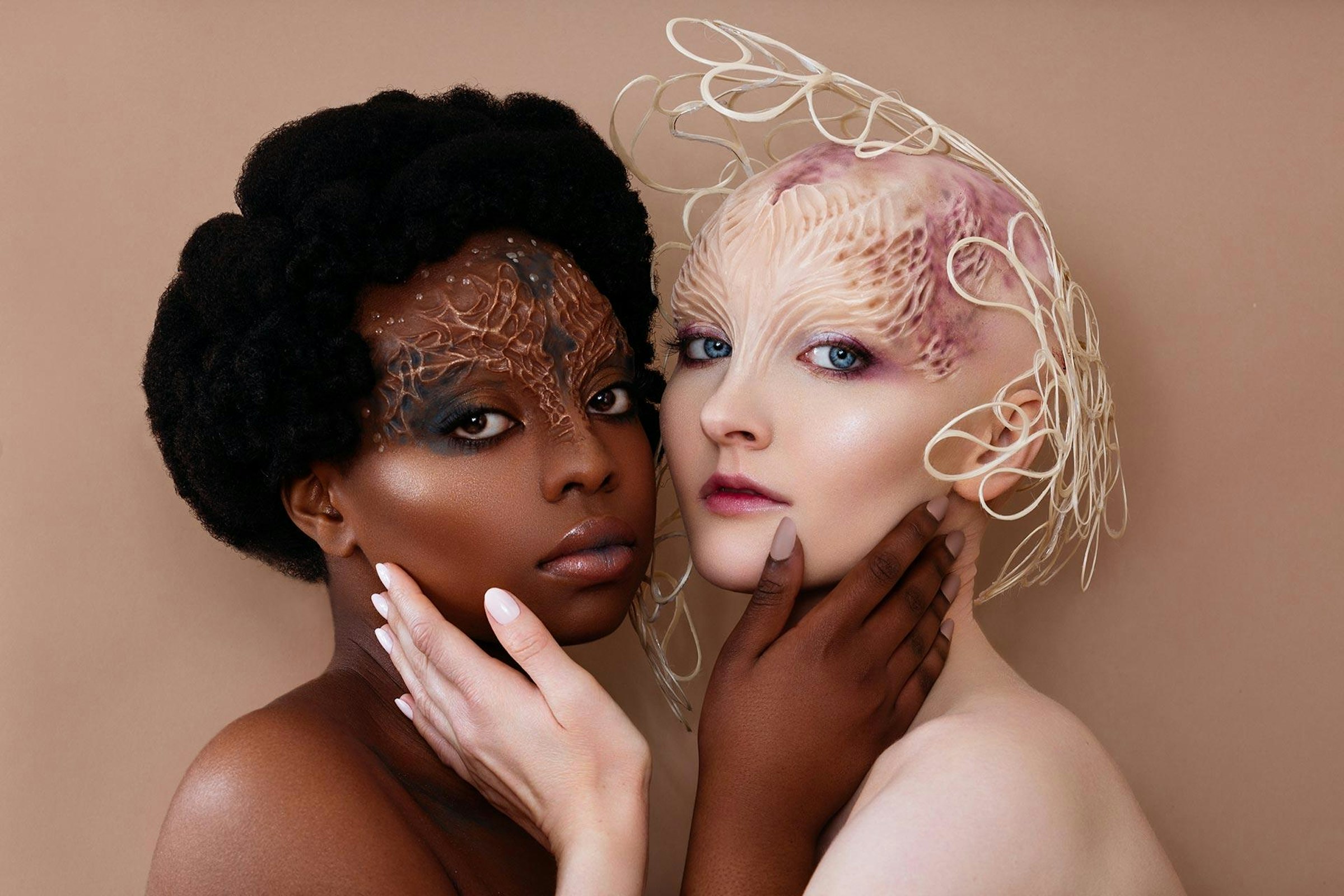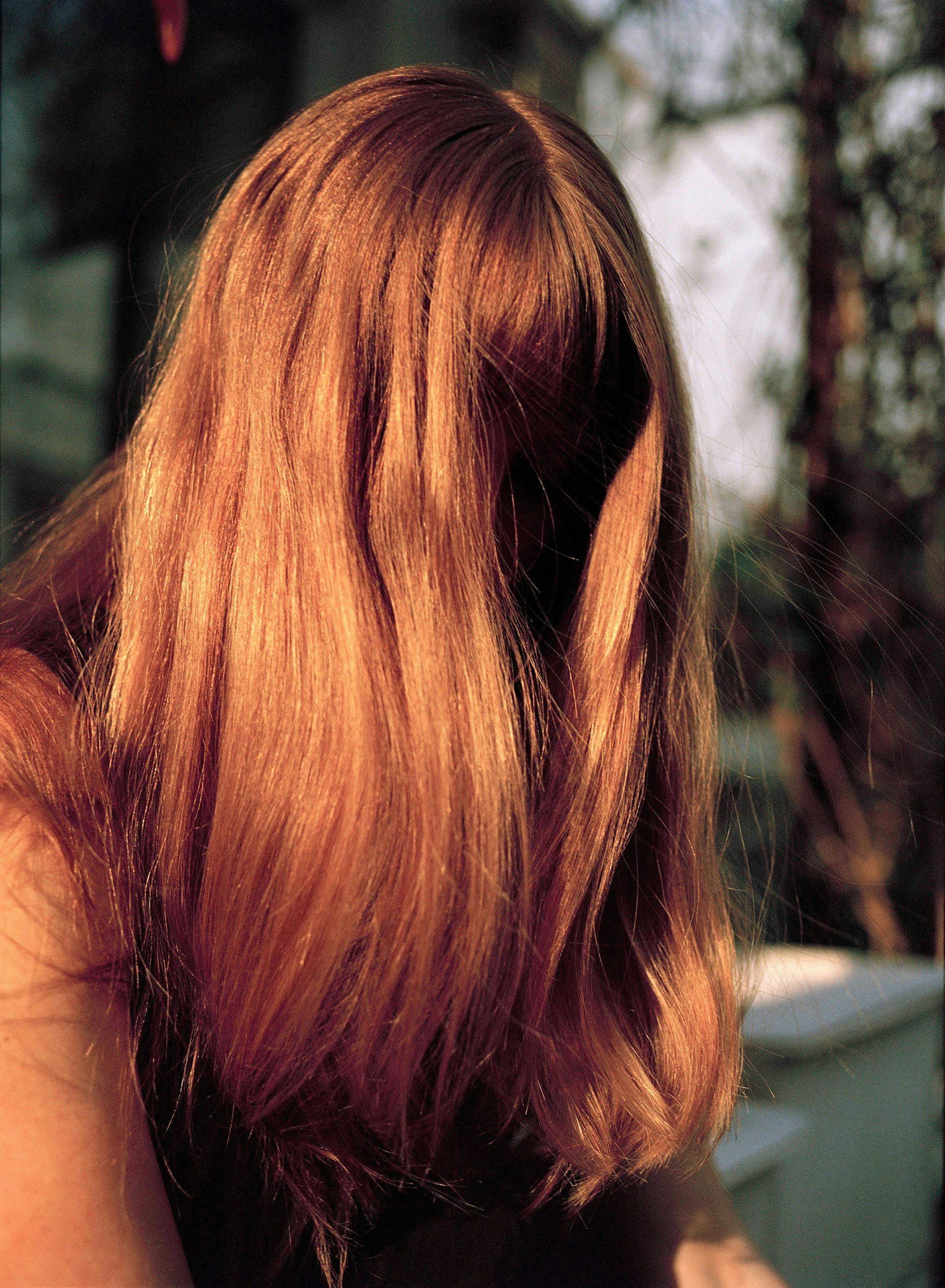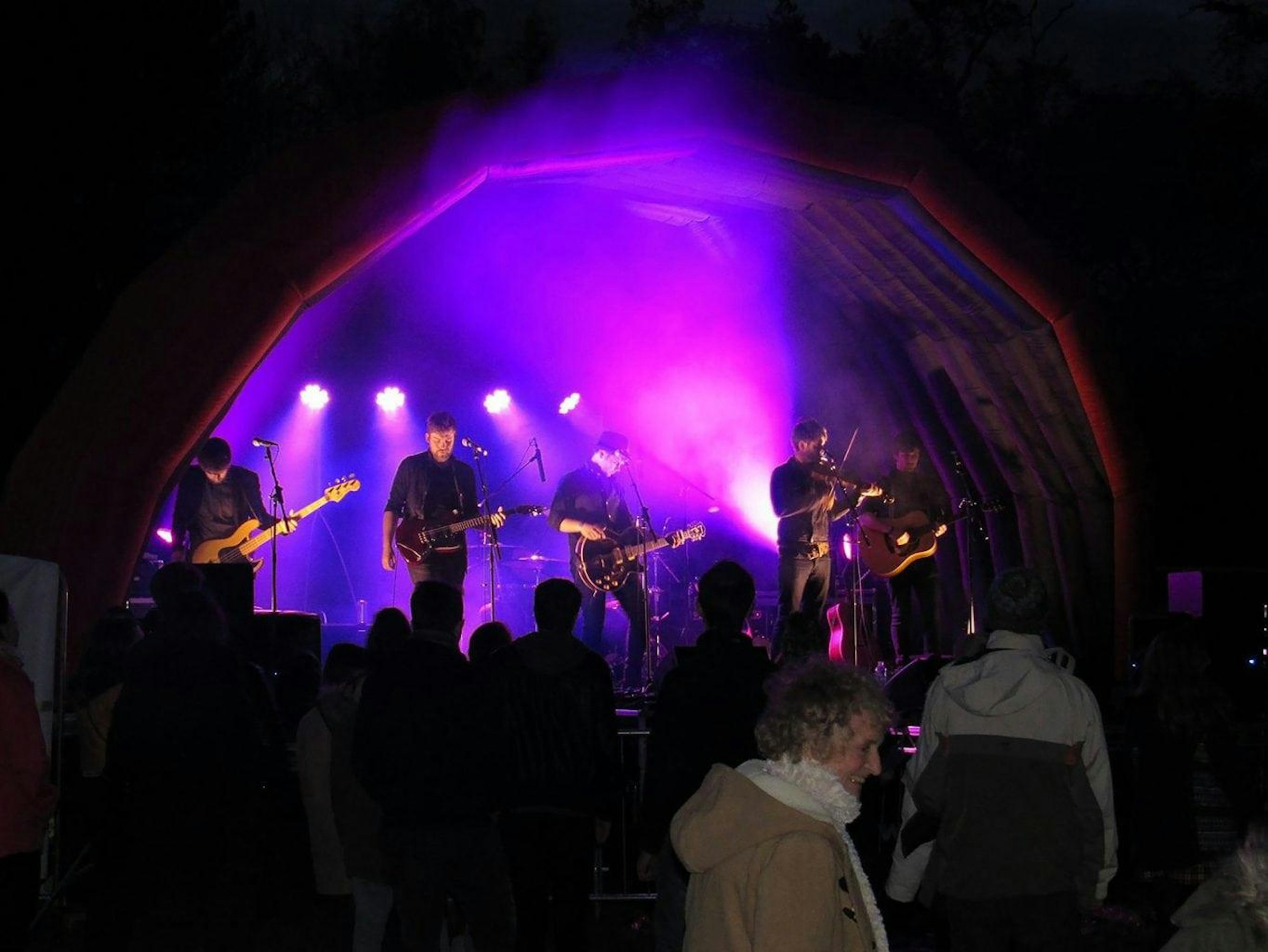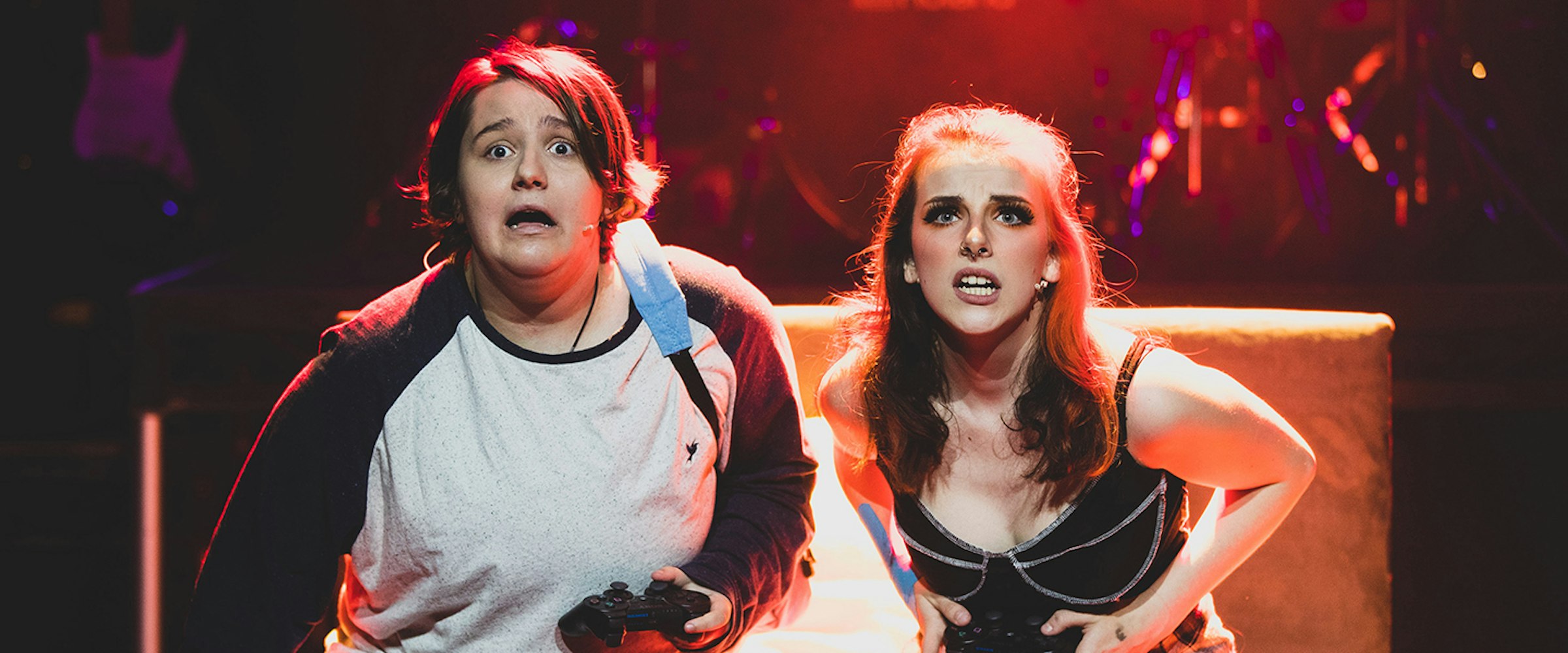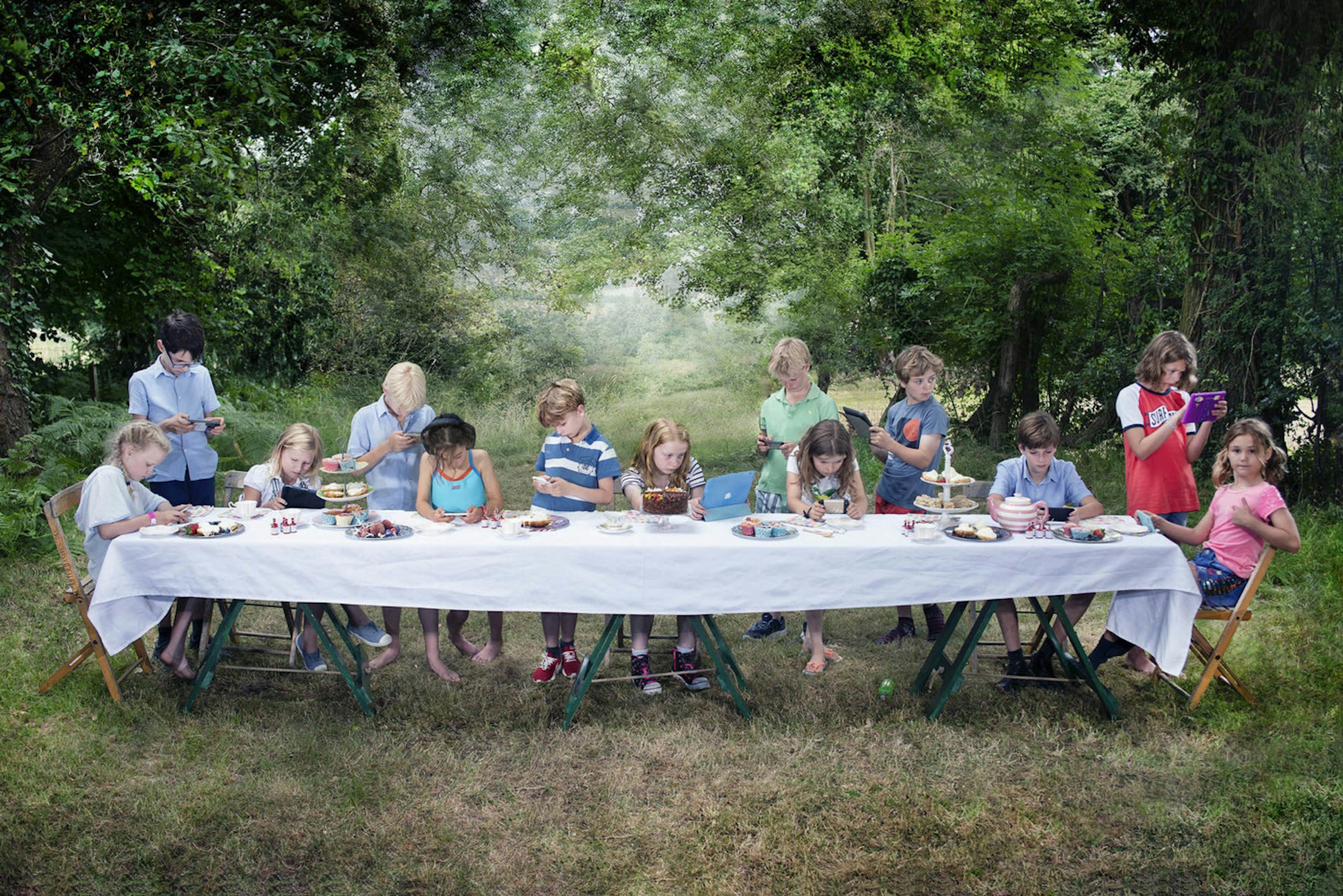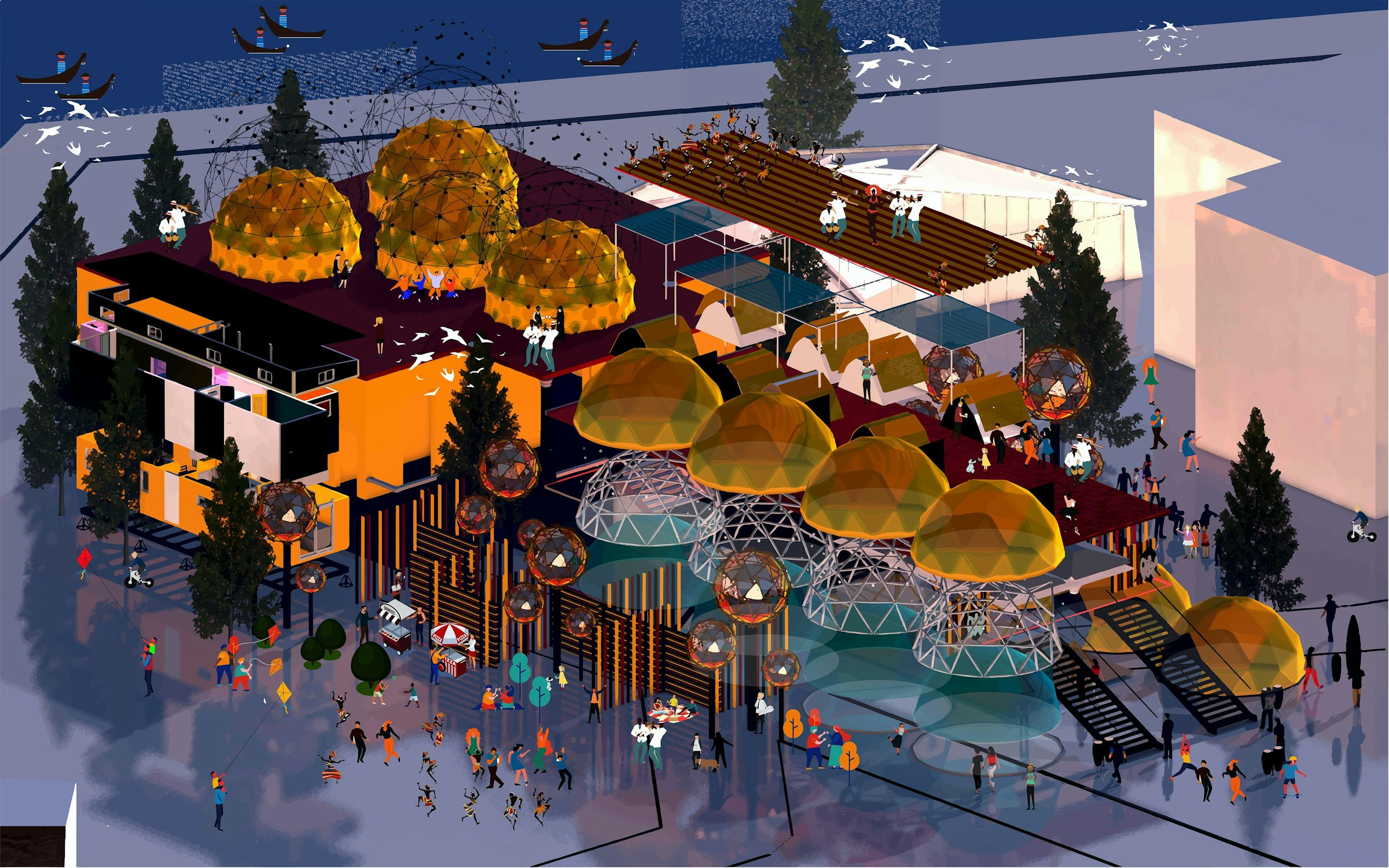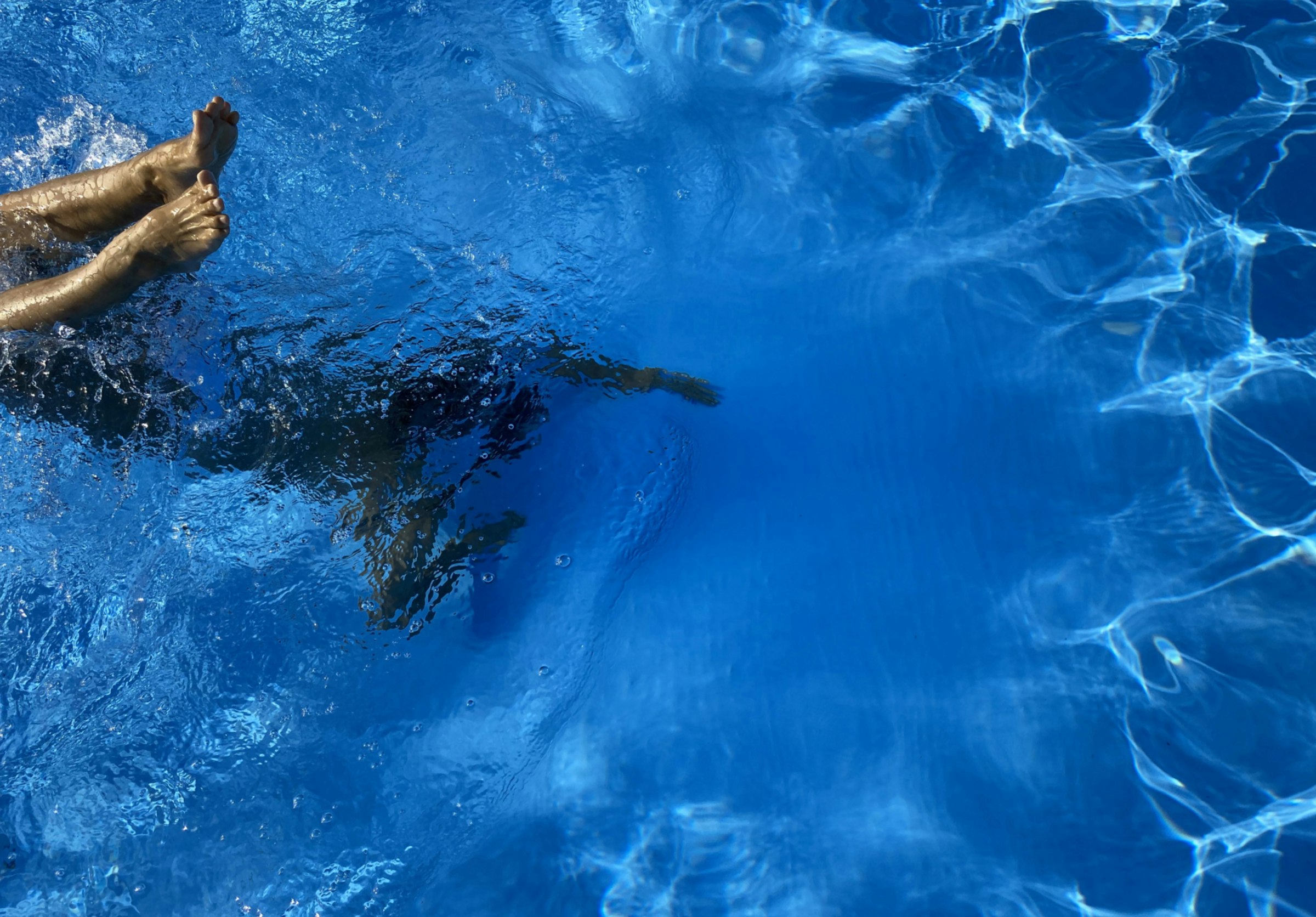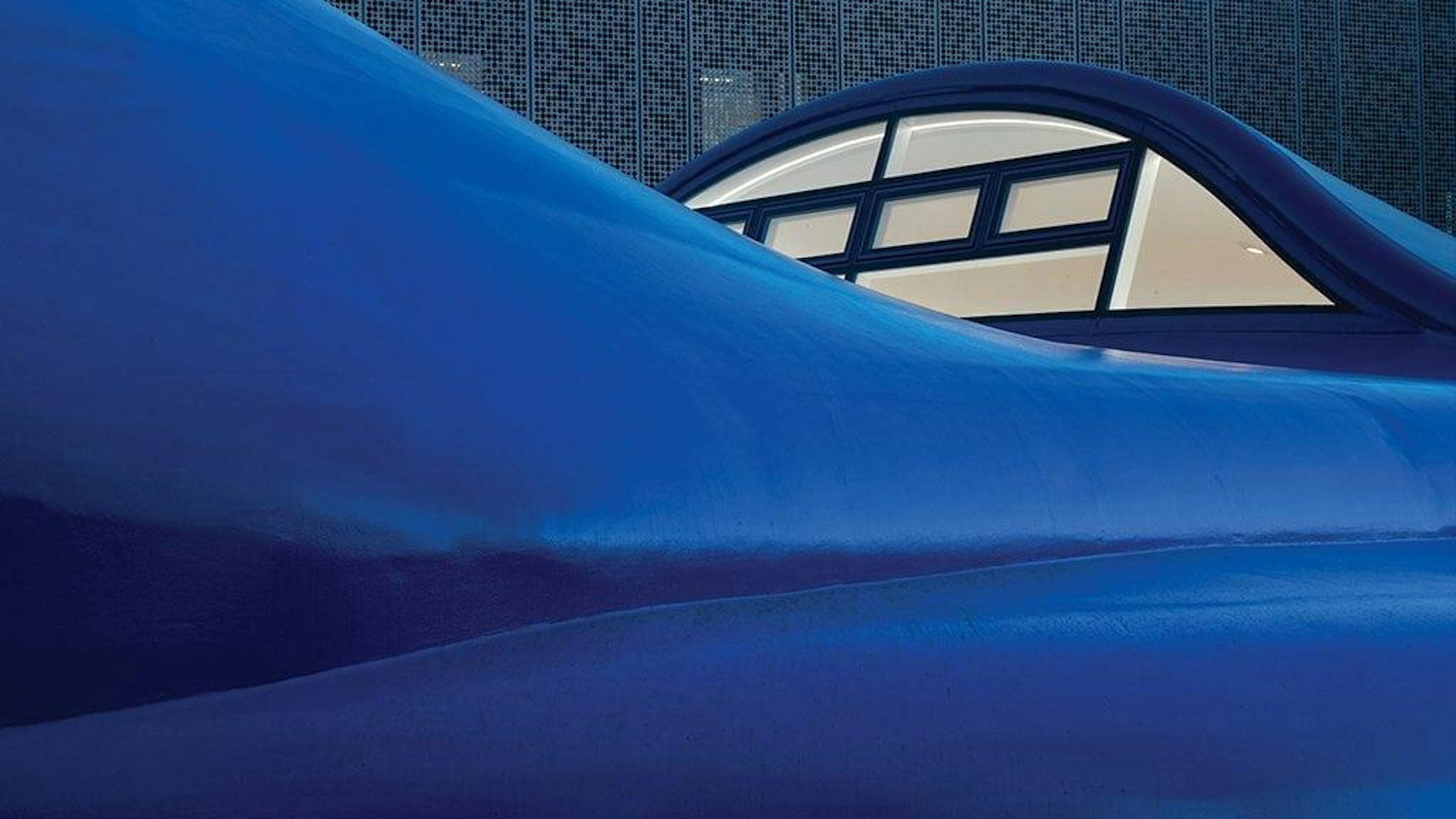
Four BA (Hons) Interior Architecture and Design students at Arts University Bournemouth (AUB) have designed the livery and mascot of a new research bus for the National Institute for Health and Care Research (NIHR), a partner of the NHS.
Lenya Hulford-Greig, Thomas Roberts, Annika Shaill and Lucas Thompson-McClure were selected from their class as the correct fit for the job. The collaboration began back in April 2023, when the students were still in their first year.
Each of them took different roles in the design and development, from creating visuals for presentations and videos to direct communication with NIHR.
One of the key elements of the project was the creation and development of the bus’ mascot, Maxwell, for which Thomas was responsible.
“Maxwell serves as a friend for the bus,” he explains, “Someone to relate to, giving the bus its own personality, identity and name, and something that can flourish into more of a living mascot for social media and advertising in the future.
“It started as a strand of DNA – if you look closely, you can see the two lines of symbols cross over each other like a double helix. From this, I wanted to work out how I could adapt this into an embodied form with character and personality.
“The name Maxwell came about after a brainstorming session, trying to consider different blends of acronyms. ‘Maximum Wellbeing’ suddenly popped into my head and Maxwell was born.”
Work on designing the 3.5 tonne vehicle continued throughout the summer holidays, with the students adhering to strict deadlines, as well as investing many hours into achieving the correct result. This also included presenting to a board and responding to feedback from the community, after which the design underwent significant changes.
“It can be challenging to identify areas for improvement when you've been immersed in a project, but the community's feedback provided us with a fresh perspective on the design.
“In hindsight, it's evident that Maxwell felt completed at the time, yet the community highlighted the need for a more recognisable human form. Other feedback, like the desire to incorporate brighter and bolder colours, as well as the removal of black symbols, were core developments in final our design, which couldn't have been done without the community feedback.
“The design ended up being better than we could've imagined and became better suited to minority communities. It taught us all valuable lessons in the importance of external feedback.”
Operating across the Wessex region – Dorset, Hampshire and South Wiltshire – the buses will help deliver health and care research to underserved areas and communities.
The bus, named Maxwell in honour of the mascot, was unveiled at a launch event occurring on Friday 2 February in Southampton. The students gave a presentation as part of the launch, explaining the design process, from concept to creation, to an audience of around 80 people.
“It was a huge responsibility to make sure we created something that was impactful and professional,” says Lenya. “Overall, it was a massive learning journey and experience that was valuable to not only our current university projects but also for the future work placement.
“I would have been honoured to be picked for any project, but the importance of this, for the people it would serve, made it much more rewarding.”
Lenya, Thomas, Annika and Lucas all expressed how much they enjoyed working on the project, each taking different things away from the experience.
“It provided valuable insights into client collaboration and showed that the design process can sometimes feel like a back-and-forth game, yet it ultimately contributes to enhancing the design, patience, and personal growth,” says Thomas.
Lucas adds, “While I have always sought alternative and innovative ideas, this experience particularly highlighted the importance of considering the unique needs of small communities.
“It encouraged me to explore how tailored approaches can foster a shift in perspective among individuals within these communities, prompting them to rethink certain concepts themselves.”
The project also gave the students some ideas of what they may like to explore or aspire to following graduation from AUB.
Annika explains, “I really enjoyed the more integrated branding and marketing experience, which is something I might like to explore further.”
Meanwhile, Lenya says, “I really enjoyed the idea that what we were creating had a meaningful impact on people.
“As I plan to pursue a career in interior design post-graduation, I aspire for the same sense of fulfilment upon completing future projects, knowing they contribute positively to individuals' living spaces.”



